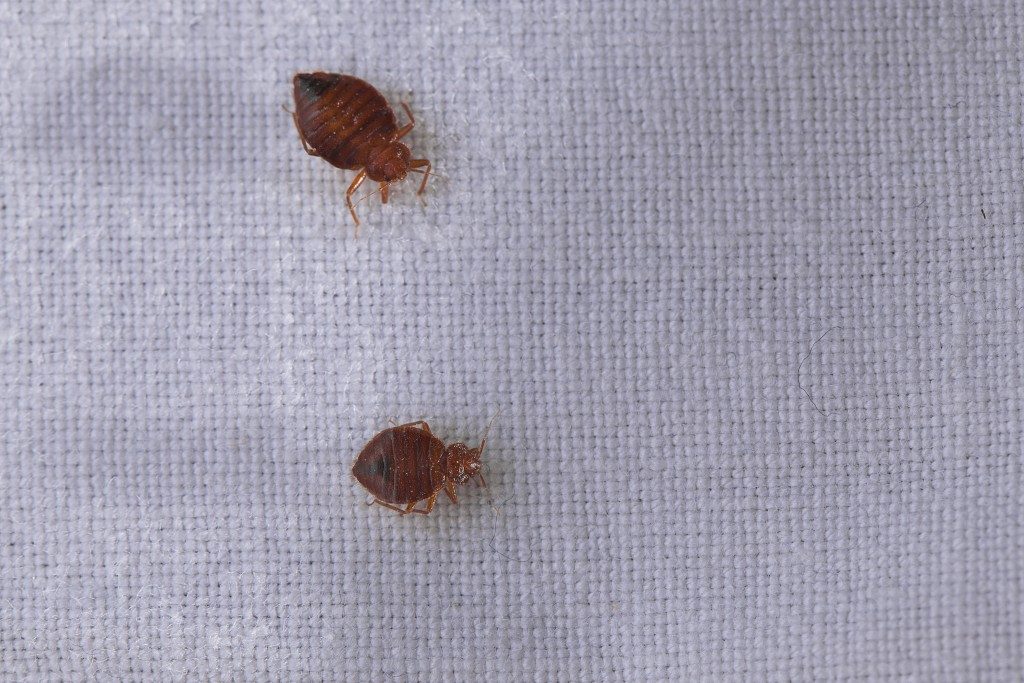 After many years without bed bugs, these pests are now back in extremely high numbers. Transport services, hotels, and residential properties are among the most commonly affected by the growing population of bed bugs. This has been primarily linked to the increased use of DIY treatments and OTC (over the counter) pesticides.
After many years without bed bugs, these pests are now back in extremely high numbers. Transport services, hotels, and residential properties are among the most commonly affected by the growing population of bed bugs. This has been primarily linked to the increased use of DIY treatments and OTC (over the counter) pesticides.
There are bedbugs everywhere and monitoring your home is important. Early detection through use of various monitoring systems helps you get professional bed bug infestation treatment before the situation gets out of hand.
Here are the three primary categories of detectors you can choose from:
Active Detectors
These monitoring systems use heat, host odors, and carbon dioxide to draw bed bugs. They rely on the principle that pests move toward a warm body. Active bed bug monitors will entice the pests from their hiding place, and then trap them using sticky traps. They are typically used for empty rooms when you are uncertain the place has bed bugs. The primary goal of using active detectors is to verify infestation.
Passive Detectors
These are used in conjunction with additional bait. Bed bugs are attracted from their hiding places by a warm body and trapped by the lure to keep them from biting. Passive detectors are ideal for inhabited rooms, which you are certain are infested. The primary goal of using passive detectors is to determine the degree of infestation.
Bed Bug Interceptors
These are a mix of passive and active detectors. They attract bed bugs from their hiding spots using carbon dioxide and odors and then use external baits to ensnare them. They are used to determine the existence and quantity of bed bugs.
Your choice of a detector depends on your situation. Regardless of your pick, the results are visible within a few days. Ask a bed bug extermination expert to assess your circumstances and recommend the best option.
